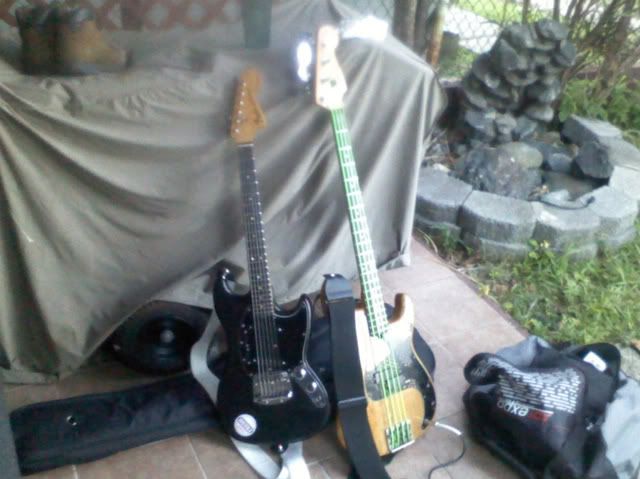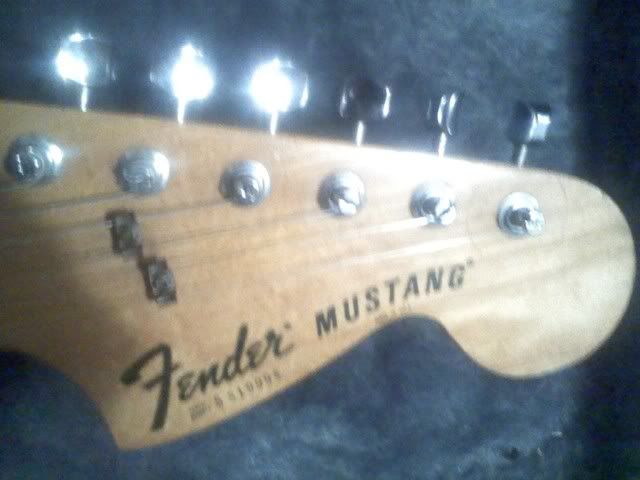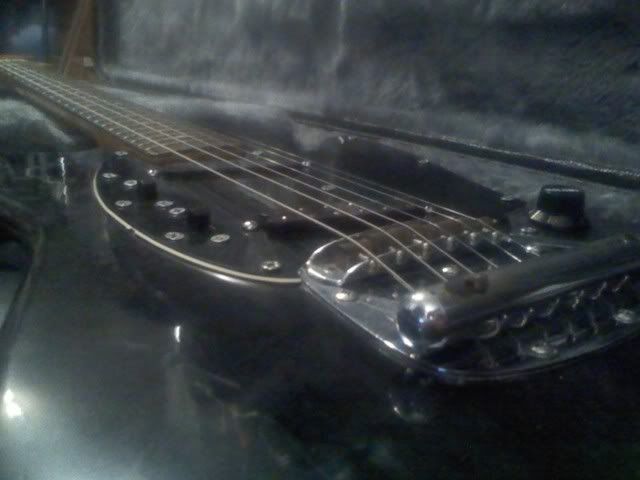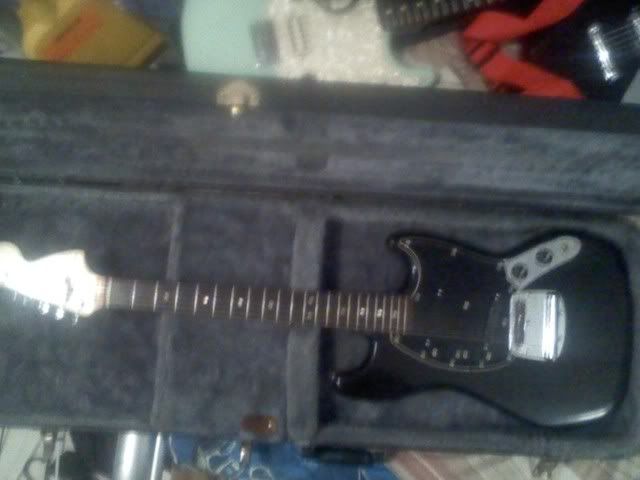Earth wrote:hotrodperlmutter wrote:i've not bought into all the claims, but i imagine if i forked over $150+ for a BRIDGE, i'd probably hear tonal differences, sustain, alternate tunings, fender mojo chiminess, etc.
again, it's your money.
Exactly, for that kind of money you are going to hear differences whether its there or not! Just like "people hear differences" in $40 caps.
They hear it because they have to to justify the money spent and on the occasions they do actually truthfully hear a difference all they are hearing is tolerance variations, not any difference in the dielectric.
Tweaking or all-out hot rodding is a legitimately fun process. So I hope what I say does not take away from the pure pleasure of customizing one's axe. But I'm with Earth and hotrodperlmutter on this one. The performance result of most (not all) hot rodding is placebo...that is, you truly hear an improvement, but a scientific analysis would show it's not even measurable.
An amp has as much to do with the tones you get as all the components of your guitar. Then consider yer peripherals, like pedals. I've experimented with my all-original 1965 Mustang, my reissue 1959 Duo-Sonic, and my 1997 Gibson BluesHawk. I can get almost the same huge range of tones and sustainnnnnn from each guitar based on how I set my amp and Boss Distortion pedal.
My buddy collects high-end guitars and amps. He has 97 of the very best axes money can buy and he's done the same experiments. He can sometimes pick out very subtle differences that may be based on the guitar itself, but he can also get his best Strats, Teles, LPs, and White Penguins to produce the same range of tones.
The proportion of tone that comes from the type of bridge...or from the wood or nut for that matter...is so small that it's easily overcome by the rest of the system. I'd invest in a better amp or a new pedal before sinkin $150 in a new bridge unless the bridge truly is damaged.







